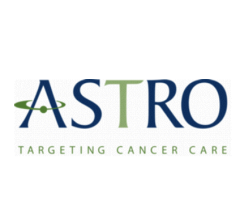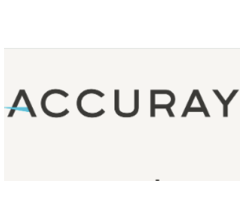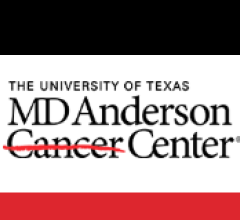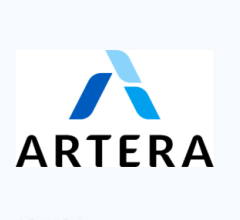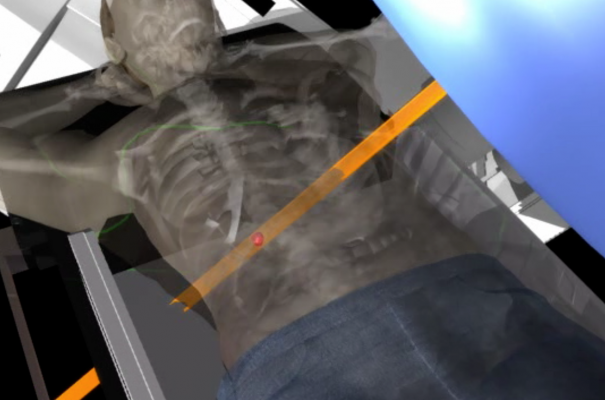
September 28, 2016 — Although approximately 50 percent of cancer patients in developing countries need radiation therapy (RT), up to half of these patients do not have access to it, according to new research. The research was presented at the 58th Annual Meeting of the American Society for Radiation Oncology (ASTRO), Sept. 25-28 in Boston.
Examining nine middle-income countries, researchers found that between 18 and 82 percent of patients who can benefit from RT in these countries do not receive the treatment.
Researchers at the International Atomic Energy Agency conducted this project to assess levels of optimal and actual RT utilization (RTU) and calculated unmet RT need in developing countries. This study is the first scientific analysis of RTU in middle-income countries. Findings reflect data from nine countries, including Costa Rica, Ghana, Malaysia, the Philippines, Romania, Serbia, Slovenia, Tunisia and Uruguay.
Optimal and actual RTU rates were determined for each country. The optimal RTU rate is the proportion of all newly diagnosed cases of cancer who have an indication for RT at least once in their lifetime. An indication for RT was defined as a clinical scenario for which RT is recommended as the treatment of choice because there is evidence of its superiority to alternative modalities and/or no treatment (e.g., better survival, local control or quality of life profiles). In clinical situations where RT was equivalent to other treatment options, all comparable modalities were included in the model, and a subsequent sensitivity analysis was conducted to determine the proportion of these patients who indicated for RT.
Indications for RT for each cancer site were derived from treatment guidelines published by reputed national and international organizations. An evidence-based computation model was used based on data from high-income countries, and researchers developed optimal RTU models for each cancer site by combining clinical scenarios and epidemiological data. The distribution of tumor types for each country was obtained from Globocan-2012, and patients were counted only once even if they subsequently developed repeated indications for RT.
Actual RTU rate was calculated by dividing the total number of new cases of cancer treated with RT for the first time in 2012 (“new RT cases”) by the total number of new cases of cancer diagnosed in the same year (“incident cases”). The total number of new RT cases for each country was reported to the research team by the individual country coordinators who gathered the data from their own center, and all other RT centers in their respective countries. Incident cases were obtained from cancer incidence data from Globocan-2012.
The case-mix for each country was determined by prospectively registering 300 consecutive patients receiving RT at a leading RT center in each country and by capturing detailed data on patient, tumor and treatment characteristics from this sample.
The median optimal RTU for all countries was 52 percent. Optimal RTU rates ranged from a low of 47 percent for Costa Rica to a high of 56 percent for Tunisia. Differences in optimal RTU rates are attributable to varying incidence rates of cancer types in each country.
Median actual RTU rate was roughly half of optimal utilization, suggesting that nearly half of cancer patients across these nine countries combined may not be receiving adequate care for their disease. The median actual RTU rate was 28 percent, with a much broader range than for optimal RTU. The lowest rates of utilization were in Ghana (9 percent) and the Philippines (10.3 percent), while the highest utilization rates were in Tunisia (46 percent) and Uruguay (37 percent).
Actual RTU rates were lower than optimal RTU rates for all nine countries, with the smallest difference in Tunisia and the widest gap in Ghana at nearly 43 percentage points. Median level of unmet need was 47 percent for all countries combined.
Ghana and the Philippines had the highest levels of unmet need, at 82.3 and 80.5 percent, respectively. In the majority of cases in Romania (57.6 percent) and Serbia (54 percent), RT is not utilized, though indications for it exist. Costa Rica and Tunisia had the lowest levels of unmet need, at 25.5 and 18 percent, respectively. Unmet need in RT utilization indicates that RT is not administered when needed.
“Access to radiation therapy remains limited in low-and middle-income countries,” said Elena Fidarova, M.D., a researcher at the International Atomic Energy Agency in Vienna and co-author of the study. “In Ghana and the Philippines, for example, about eight in 10 cancer patients who need radiation therapy will not receive needed treatment. To eradicate this disparity, efforts should be made to improve access to radiation therapy. National radiation therapy strategy with realistic short-, mid- and long-term goals should be developed and incorporated into comprehensive national cancer control plans. Existing obstacles to RT access should be systematically addressed in the planning phase.”
The unmet need was particularly substantial (in the order of 80 percent) in countries with limited resources and a large population. The number of teletherapy machines per 1,000 cancer cases ranged from a high of 1.3 in Tunisia to a low of 0.19 in Ghana. The strong correlation between the actual RTU rates and the number of teletherapy machines per 1,000 cancer cases/year in each country confirms that, although other access factors may be at play, availability of RT machines is an important factor in RT utilization.
“Our findings strongly support the call for action from the Lancet Oncology Commission, which requires a worldwide effort to expand global access to radiation therapy,” said Fidarova. “Differences between optimal and actual RTU rates and the high percentage of unmet RT need likely stem from a number of complex reasons, although inadequate capacity for radiation therapy is the most obvious factor. As obstacles in access to existing RT services, such as inadequate referral patterns, affordability of treatment and geographical distribution of centers, differ by country, so does the ideal mix of solutions.”
For more information: www.astro.org


 December 11, 2025
December 11, 2025 


